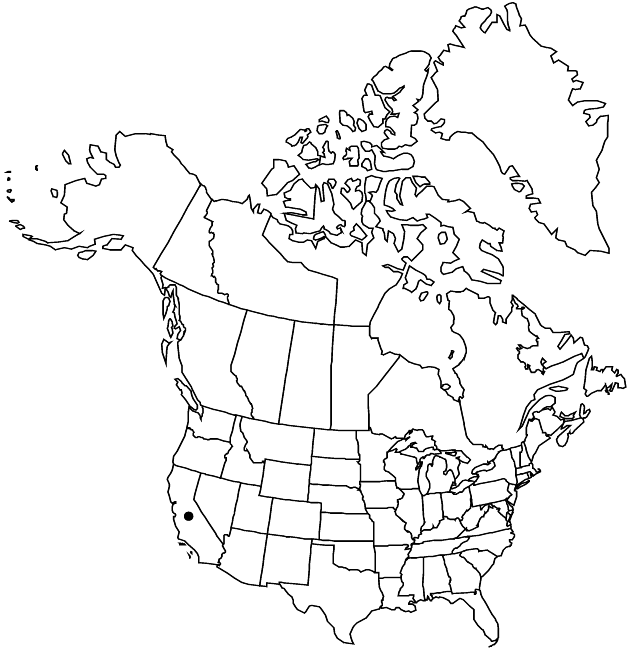Balsamorhiza macrolepis
Ann. Missouri Bot. Gard. 22: 132. 1935.
Plants 20–40 (–60+) cm. Basal leaves: blades green to gray-green, elliptic to lanceolate, 15–40+ × 4–14 cm (1–2-pinnatifid, primary lobes ovate to linear, 15–70 × 3–15 mm, usually lobed or toothed), bases cuneate to truncate, ultimate margins usually entire (slightly revolute, not ciliate), apices rounded to acute, faces strigillose to subvelutinous or tomentose (sometimes glanddotted as well). Heads usually borne singly. Involucres hemispheric, (15–) 20–30 mm diam. Outer phyllaries ovate or oblong to lanceolate, 12–30 (–40) mm, usually surpassing inner, apices obtuse to acute or attenuate. Ray laminae 20–30+ mm.
Phenology: Flowering Apr–Jun.
Habitat: Open, dry or moist, grassy or rocky slopes, valleys
Elevation: 90–1400 m
Discussion
Of conservation concern.
Balsamorhiza macrolepis grows in the western foothills of central Sierra Nevada and in the eastern San Francisco Bay area (there mostly extirpated). The tall habit, exhibiting gigas characteristics, suggests that, like B. macrophylla, this taxon may be a polyploid. No hybrids with other species have been noted.
Selected References
None.
Lower Taxa
"broader" is not a number.
